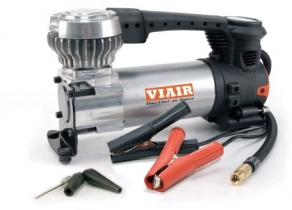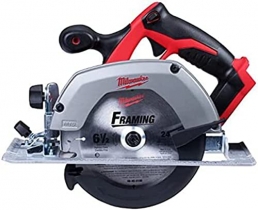-
Welcome to Tacoma World!
You are currently viewing as a guest! To get full-access, you need to register for a FREE account.
As a registered member, you’ll be able to:- Participate in all Tacoma discussion topics
- Communicate privately with other Tacoma owners from around the world
- Post your own photos in our Members Gallery
- Access all special features of the site
Looking at seafoam before my next oil change
Discussion in '2nd Gen. Tacomas (2005-2015)' started by bigef12, Jul 27, 2013.


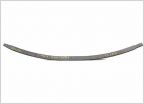 Best way to lift for hauling
Best way to lift for hauling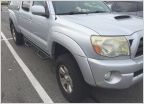 Hazy Headlights
Hazy Headlights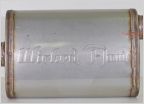 Exhaust Upgrade
Exhaust Upgrade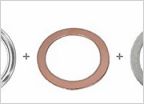 Differential fluid
Differential fluid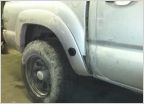 Side exit exhaust
Side exit exhaust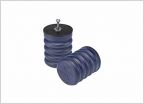 Sumosprings for stock and lifted 2nd gens
Sumosprings for stock and lifted 2nd gens

